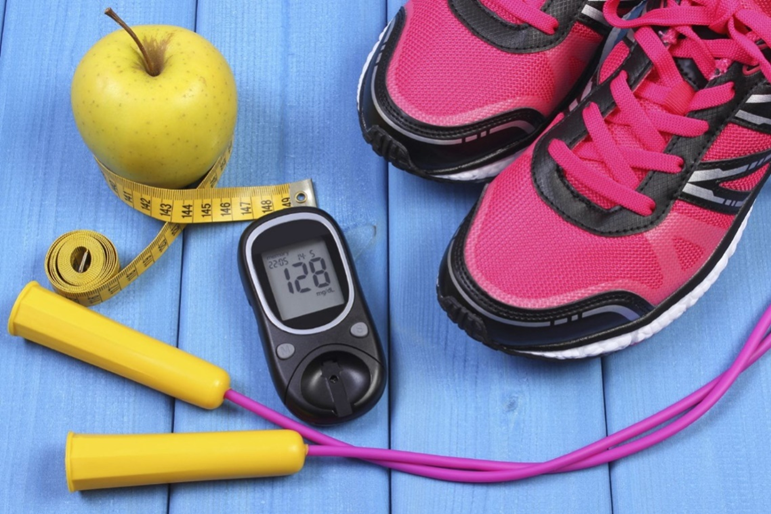Diabetes mellitus is a lifestyle disorder that affects approximately 400 million people worldwide, and this number is projected to increase by 655 million by the year 2045. India is considered to be the major diabetic capital across the globe due to its unique thin-fat body type, which includes abdominal obesity and thin limbs. This atypical Asian Indian phenotype increases the predisposition of this population for diabetes. Moreover, a sedentary lifestyle and lack of physical activity due to technological development further increase the chances of diabetes occurrence in today’s world.
Lifestyle modification, in the form of dietary changes and physical activity, plays an important role in both the prevention and management of diabetes mellitus. Exercise is any physical activity that involves the movement of body parts leading to some energy expenditure. The American Diabetes Association recommends all types of exercise, such as aerobic, strength, balance, and flexibility exercises, in the right proportion for these patients. Exercise helps control weight, lowers blood pressure, lowers harmful LDL cholesterol and triglycerides, increases good HDL cholesterol, strengthens muscles and bones, reduces anxiety, and improves general well-being.
In diabetic patients, exercise not only helps to reduce glucose levels but also boosts the body’s sensitivity to insulin, countering insulin resistance, and thereby delaying the onset of diabetic complications. Many scientific studies underscore the benefit of exercise in this patient population. It is recommended that one should engage in at least 150 minutes of aerobic exercise per week, which can be spread over all 7 days of the week. Moderate-intensity aerobic exercises, such as walking, running, jogging, or cycling involving large muscle groups, could be considered. Strengthening or resistance exercises using weights are also recommended for the comprehensive wellness of diabetic patients. All the large muscles of the body should be exercised using free weights or elastic bands. There should be at least 8-10 major strengthening exercises, and 2-3 sets of 8-12 repetitions for each exercise should be done. Flexibility exercises can be easily incorporated as warm-up and cool-down exercises in the exercise sessions of diabetic patients. Balancing exercises are particularly important for diabetic patients developing symptoms of peripheral neuropathy, which is the commonest complication of diabetes mellitus.
Moreover, certain considerations should be taken into mind while exercising. The best time to exercise is one to three hours after eating when your blood sugar level is likely to be higher. If the patient is on insulin, it’s important to test the blood sugar before exercising.
Also Read: Why you need to pursue Physiotherapy from SGT University?
If the level before exercise is below 100 mg/dL, eating a piece of fruit or having a small snack will boost it and help avoid hypoglycemia. Testing again 30 minutes later will show whether your blood sugar level is stable. It’s also a good idea to check your blood sugar after any particularly grueling workout or activity. If you’re taking insulin, your risk of developing hypoglycemia may be highest six to 12 hours after exercising. Experts also caution against exercising if your blood sugar is too high (over 250) because exercise can sometimes raise blood sugar even higher. It is advisable to keep hard candy or glucose tablets with yourself while exercising in case blood sugar drops precipitously.
In summary, exercise can be considered a major lifestyle treatment alongside medications for patients with diabetes mellitus and plays an important role in its prevention and management. The benefits of exercise for patients with diabetes cannot be overlooked; rather, it is a blessing for patients with diabetes.
Written By:
Dr. Pooja Bhati
Assistant Professor
Faculty of Physiotherapy
SGT University




